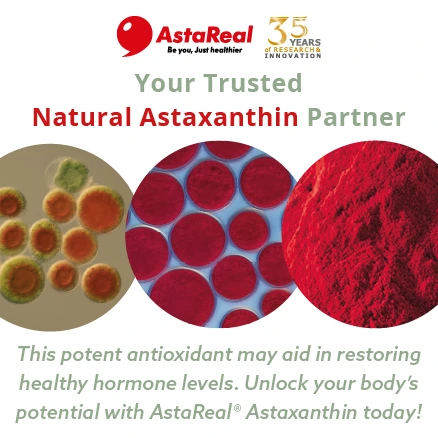Starch’s multifunctional potential for responsible beauty in cosmetics
A study has demonstrated starch’s underrecognized potential for cosmetic applications, especially amid the rising demand for environmentally responsible beauty. Diving deeper into potatoes, corn, and tapioca starch, the scientists found that due to their distinct qualities, these plant-based sources hold potential as an alternative to synthetic polymers without sacrificing efficacy.
Because of its absorbency, smooth texture, and ease of application, starch may enhance cosmetic formulations suitable for skin care, body care, makeup, and hair care. It can also be used for gel or paste-based products or packaging solutions.
The industry is moving toward natural ingredients and more sustainable processes. The study highlights how the main sustainability issues in cosmetics formulation are energy consumption, water use, and waste management, forcing beauty giants to rethink operations.
Multifunctionality of starch
Due to its oil-absorbing, mattifying, and texture-improving capabilities, starch is mainly used to formulate body powders and loose powders for makeup.
The study, published in Carbohydrate Polymers, details that the ingredient also forms a gel or paste-like texture through gelatinization and retrogradation, two key processes influenced by heat and water.
 Starch also forms a gel or paste-like texture through gelatinization and retrogradation.“In cosmetics, starch gels serve various functions, including thickening, viscosity control, stabilization, and texture enhancement, contributing to the smooth feel and consistency of products such as creams, lotions, hair gels, nail polish, and facial masks,” reads the study.
Starch also forms a gel or paste-like texture through gelatinization and retrogradation.“In cosmetics, starch gels serve various functions, including thickening, viscosity control, stabilization, and texture enhancement, contributing to the smooth feel and consistency of products such as creams, lotions, hair gels, nail polish, and facial masks,” reads the study.
“Achieving the right gel properties is essential for good spreadability, appealing sensorial characteristics, and stability over a wide pH range.”
Starch can also be used to create films, which are “highly functional biomaterials in modern cosmetic formulations,” the researchers argue.
The ingredient can regulate the control of active chemicals while offering improved biodegradability, compared to other options on the market. Starch fibers also hold formulation potential as an effective, precise carrier of active ingredients.
“Synthetic polymers, such as polyvinyl alcohol and polylactic acid, are often blended with starch to enhance spinnability and improve the functionality of nanofibers,” the researchers explain.
Various industrial processing methods transform starch from a simple biopolymer into a multifunctional cosmetic ingredient.
With innovative technologies, starch also has the potential to be used in cosmetics packaging by plasticizing or mixing with polymers to improve its mechanical properties.
From toxic to plant-based
The researchers highlight the potential for starch to replace talc in cosmetics, as fears of asbestos contamination have increased due to evidence linking it to lung cancer, ovarian cancer, and respiratory problems.
 The researchers highlight the potential for starch to replace talc in cosmetics.The EU is planning to ban talc in cosmetics in 2027. Recently, the US FDA gathered an expert panel to discuss the role of talc in cosmetics and other goods. The panel favored banning the ingredient, as the experts stressed forty years of science demonstrate its adverse health effects.
The researchers highlight the potential for starch to replace talc in cosmetics.The EU is planning to ban talc in cosmetics in 2027. Recently, the US FDA gathered an expert panel to discuss the role of talc in cosmetics and other goods. The panel favored banning the ingredient, as the experts stressed forty years of science demonstrate its adverse health effects.
Meanwhile, there have been lawsuits for companies selling talc-based products, such as Johnson & Johnson’s baby powder, which was reformulated in 2023 from using talc to corn starch.
The new study says these lawsuits have significantly shifted consumer demand toward safe alternatives. Brands have responded by reformulating their products with plant-based ingredients.
The authors detail that the industry is moving toward conscious practices and exemplify how beauty giants like L’Oréal and Cargill Beauty continuously innovate with sustainable practices such as refillable beauty products, biodegradable ingredients, and recyclable or compostable packaging.














